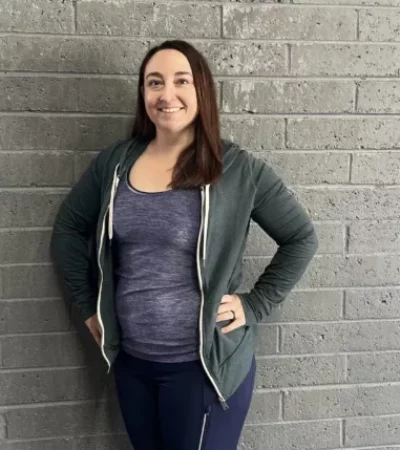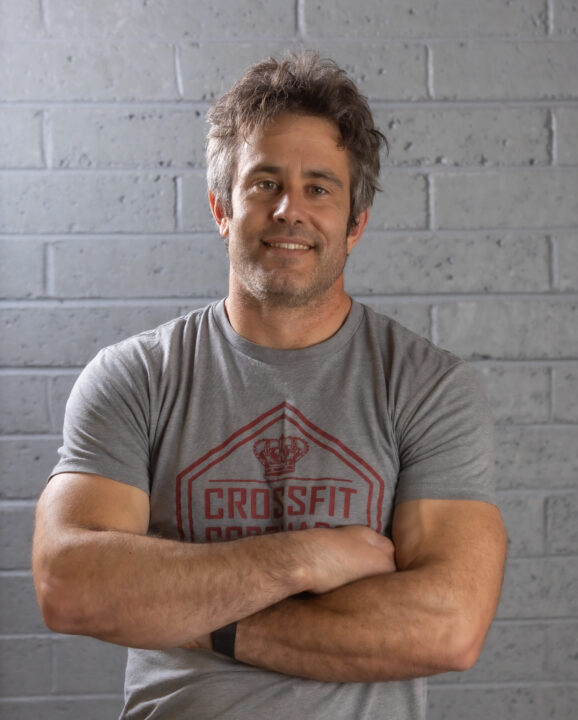At Outlier CrossFit in San Diego, as well as Crossfit Coronado, we have been using crossover symmetry bands in our warm ups. We do an exercise known as YTA’s for 3×10 usually before we do overhead movements. We do this to activate and strengthen the scapular musculature, which in turn helps correct what is called scapular dyskinesia.
Scapular dyskinesia is improper or inadequate movement of the scapula. Lots of people have this. Not everyone that suffers from this has any symptoms of shoulder problems. Everyone with shoulder problems has some form of scapular dyskinesia. For just about every shoulder issue out there, physical therapy will start scapular strengthening as soon as possible. To better understand why this is important we need an anatomy and biomechanical review of the shoulder.
Without getting too complicated, there are 3 main osteokinematic movements(bone movements you can see) that you need to be aware of. Clavicular elevation for the first 90 deg of shoulder flexion/abduction, and then clavicular posterior rotation from 90-180 degrees. The scapula must elevate from 0-90 deg shoulder flexion and upward rotate 60-180 degrees to maintain space between the ac joint and the shoulder as the arm goes over head. This is know as the subacromial space. Narrowing of this space leads to impingement-or any shoulder –it is:). It also leads to decrease performance, ie having a really hard time with snatch or OHS.
Now here is were it gets complex. The rotator cuff muscles, teres minor, subscapularis, supraspinatus, infraspinatus all originate on the scapula. They insert on the lesser and greater tubercles of the humerus. Their job is to prevent upward migration of the humeral head. What happens if they don’t do their job? That’s right, narrowing of the subacromial space=impingement=ouch.
Now, lets go back to the scapula elevating and upward rotating. There is a force couple between 3 muscles for scapular elevation. The upper and lower traps, and the serratus anterior.
This is what happens in upward rotation. We usually see weakness in the serratus anterior and or lower trap. If this is the case, we will see possible winging out of the scapula.
Now here is how this relates to the rotator cuff. The rotator cuff muscles all attach from the scapula to the shoulder. Muscles exert force distal to proximal so they pull the shoulder towards the socket, which is the labrum. The labrum acts as a suction cup holding the shoulder in place. So if the scapula is moving incorrectly, lets say winging out due to lack of serratus anterior and lower trap weakness, then it shortens the lever arm of all of the rotator cuff muscles. Muscles can only pull, and to do that, they shorten. If they are already shortened, then they are in an ineffective position to produce the force necessary to stabilize the shoulder. Boom, shoulder issues here we come.

Mobility is a huge thing now. We need to understand that the shoulder is the most mobile and the most prone to instability. We need to have adequate muscle length and strength. One is not more important than the other. We must acquire both to be safe overhead, and/or to reach full athletic potential.
The YTA targets the force couples that occur in the shoulder. This strengthens all the movements that we need to have safe healthy shoulders, with a big emphasis on the lower traps, serratus anterior, mid traps(scapular retraction), posterior deltoid, and rotator cuff muscles.







